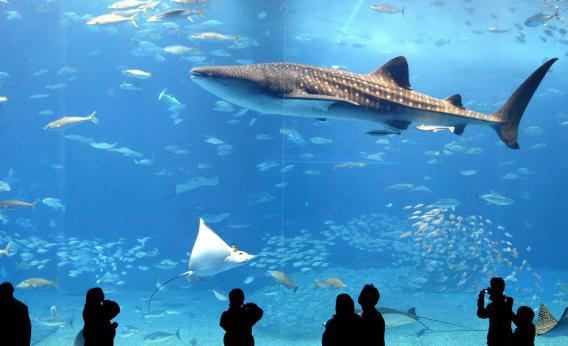Finally, we have some details on the devilfish.
Giant manta rays have been tracked by satellite for the first time, giving researchers insight into the vulnerabilities these mysterious creatures face as their worldwide populations decline.
Preliminary findings showed the rays—which can grow to an amazing 25-feet in width—traveled as far as 680 miles during a one- to two-month period. While searching for food along the coastline, the gentle filter-feeding giants spent a majority of their time outside of marine protected areas, very often in shipping lanes—which could lead to being hit and killed by large vessels.
Harmless to humans, the nearly endangered manta rays are also threatened by fishermen, who catch the rays to harvest their special gill rakers for eastern medicine uses or turn them into shark bait. Scientists have hailed the research as critical in further understanding the shark relatives. Here’s hoping these ocean unicorns don’t go the way of the dinosaurs.
Video produced by Jim Festante.
